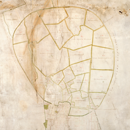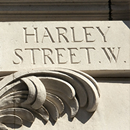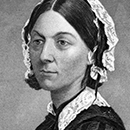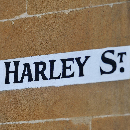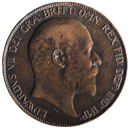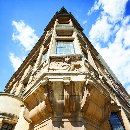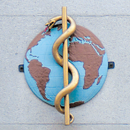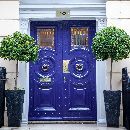The Harley Street Medical Area (HSMA) is a community of Marylebone-based hospitals, clinics and specialists, renowned for their outstanding patient care, pioneering treatments and use of cutting-edge technologies.
The Howard de Walden Estate has taken the lead in shaping this prestigious community and promoting it both nationally and internationally.
The approach to evolving the HSMA’s medical offering is highly proactive. While continuing to support an established base of highly regarded practitioners and clinics, we continually seek to identify areas of specialism that might add to the overall mix, then look to attract the most respected and forward-thinking operators in those fields.

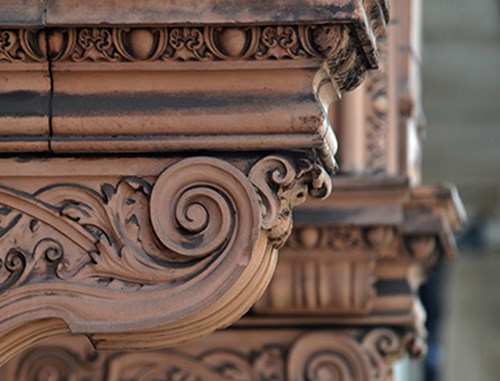
A Brief History
Harley Street Medical Area began, as the name suggests, with a man called Harley —Edward Harley. Edward’s father, Robert, was a politician who rose to be Chancellor of the Exchequer before surviving an assassination attempt in Whitehall at the hands of a knife-wielding Frenchman and being named Earl of Oxford and Mortimer by a grateful Queen Anne. When he died in 1724, Edward inherited the earldom.
Edward Harley was a man of considerable means, having in 1713 married Henrietta Cavendish Holles, daughter of the late Duke of Newcastle and heiress to an estate that included the quiet backwater of Marylebone. Marylebone was then a small village on the banks of the river Tyburn. Edward and Henrietta Harley decided to invest their considerable fortune in turning this estate, which was then mostly fields, into a grand suburban district that would attract the great and the good. They commissioned John Prince to design a grid of attractive residential streets, anchored to the south by Cavendish Square. Development began in 1719, but was delayed by the economic shambles of the South Sea Bubble. By the time Edward died in 1741, work on the street that would bear his name had made very little progress. It slowly took shape over the following century. The estate meanwhile passed through Edward’s daughter to the Portland family, into which she had married, and then later to the Howard de Walden family, in whose ownership it remains.
While beautifully proportioned, Harley Street was by no means the grandest element of the new estate—Portland Place and New Cavendish Street, for example, boasted vast, spectacular buildings designed by the likes of the Adam brothers and John Nash, while Harley Street consisted of more modest townhouses. Its first residents were a blend of different professionals—scientists, politicians, military officers, artists. JMW Turner lived at number 64, the future Duke of Wellington at number 11, the geologist Charles Lyell at number 73.
Medical men began arriving in the mid-19th century. By the 1860s there were a dozen or so doctors. By 1873 there were 36. After that, the numbers increased rapidly. There was no single trigger for this growth—London’s population was growing, and so was the science of medicine, so there were more and more doctors, but why they should choose to coalesce on Harley Street is hard to define. Marylebone certainly had an expanding and prosperous constituency of potential patients, and the building stock was ideal—attractive but not unaffordable, with ample space for a consulting room on the ground floor and a spacious family home upstairs.
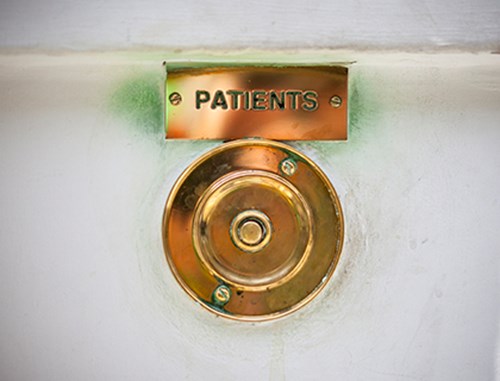
Patient's Bell
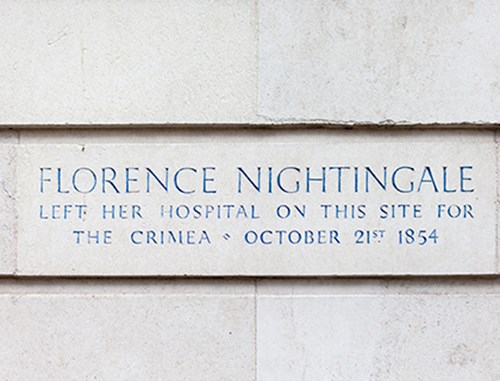
1853 - Florence Nightingale took up the post as superintendent of the establishment of Gentlewomen on Harley Street
As more doctors arrived, among them a number of highly regarded specialists, others saw the benefit of reflected glory and followed swiftly in their wake. Early medical residents included the anaesthetist Joseph Clover, the surgeon and syphilis specialist Sir Jonathan Hutchinson and the urologist Sir Henry Thompson, who rummaged in the bladders of Charles Dickens, William Makepeace Thackery and even Emperor Napolean III.
Perhaps the most brilliant of the area’s early doctors was Joseph Lister, whose pioneering work on combating wound infection made major surgical procedures a genuinely viable option for the first time. He spent 34 years living at 12 Park Crescent and his statue can be seen on Portland Place. Others of note included Sir Frederick Treves, who treated the Elephant Man and whipped out Edward VII’s appendix, Sir Victor Horsley, the first man to successfully remove a brain tumour, and Sir William Arbuthnot Lane, who revolutionised bone surgery.
In the early years of the 20th century, the area’s profile began to change. As Marylebone became more urbanised and transport links more efficient, doctors chose to live in the leafier parts of town, such as Hampstead, and travel to their jobs each day, rather than setting up home above the surgery. This led to the development of multiple tenancies, with entire buildings being converted into consulting rooms, each of which was let to a different clinician. This meant an explosion in the number of doctors—there were around 200 doctors in 1914 and 1,500 by 1948.
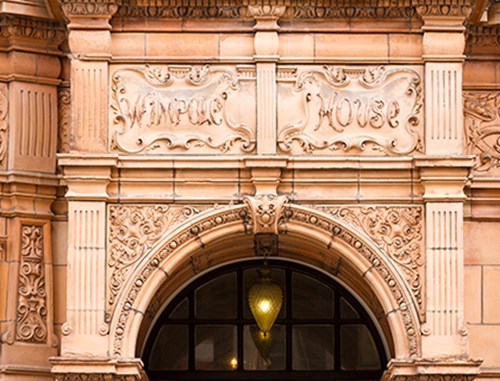
Wimpole House
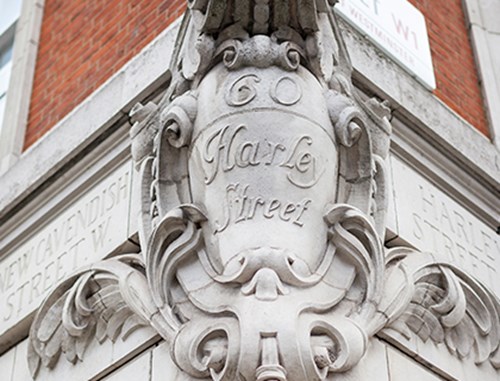
The world-renowned Harley Street
More than 150 years after those first clinicians arrived in their frock coats, spats and top hats, much has changed in the Harley Street Medical Area. Under the careful and considered stewardship of Howard de Walden the area now stands as a world class medical destination. No longer confined to a small medical elite, it is now populated by thousands of clinicians, covering just about every specialism. A few of the Georgian buildings were damaged in the war and replaced by more modern clinics; those that remain have been refurbished or redeveloped and are now packed with cutting edge equipment. The area’s reputation remains intact though—a centre of medical excellence right in the heart of central London, with a history and standing that would have made Edward Harley a very proud man indeed.
If you are looking for medical space in the area please see our available space and contact our dedicated inhouse lettings team here.

